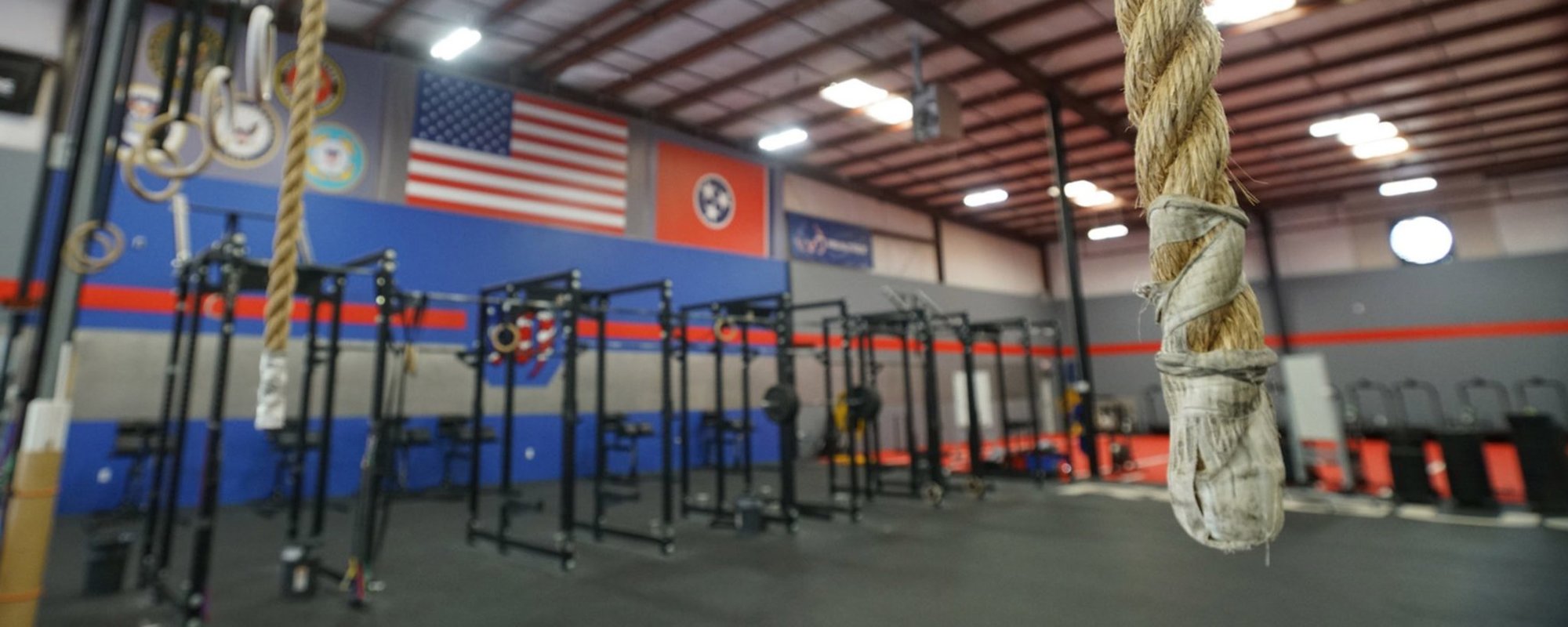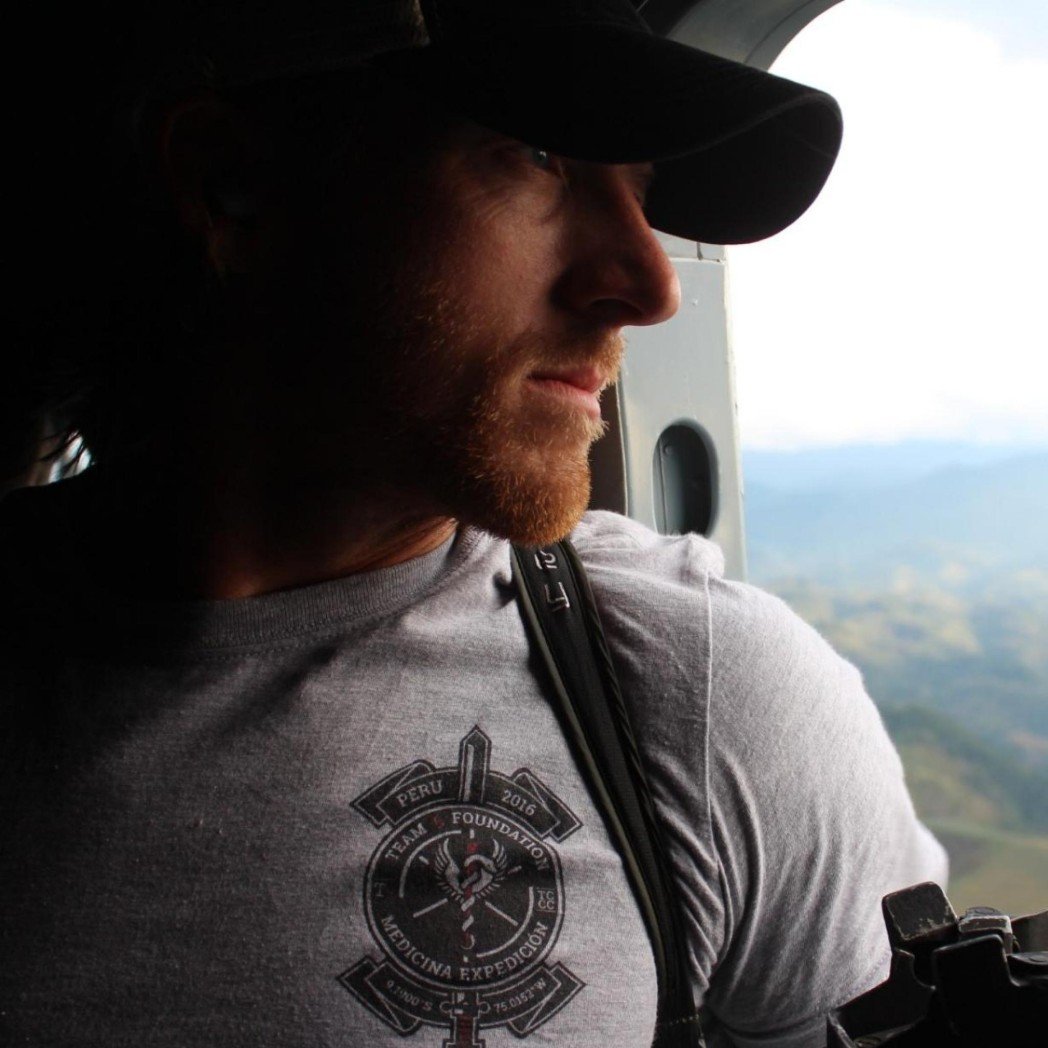
Warming up is an essential phase of your workout, and there are three phases to an effective warm-up. Let’s jump right in:
Phase One: Shift your PH.
Time commitment: Five minutes
Our bodies are slightly alkaline with a PH of around 7.3 to 7.4. The function of the warm-up is to shift your body to a more acidic state, which improves muscle efficacy and reduces risk of injury. It’s preferable to use movement patterns similar to ones you will be doing during your workout.
Example: Rowing for five minutes is optimal on both “pull days” and “squat days” due to the specific pull and squat range of motion.
By the end of phase one, your body should be producing some sweat and your heart rate should be elevated to over 100 beats per minute.
Phase Two: Address sticky joints (Stretch)
Time commitment: Two to 10 minutes
There are a few different types of stretching. For brevity’s sake, let’s reduce them to two: static and dynamic. Static stretching is likely what you learned in high school gym class and involves holding a position for 15 seconds to one minute (think touching your toes and holding before doing a leg workout). This type of stretching prior to dynamic movements (running, jumping, weight lifting, and just about every kind of exercise) is dangerous. Don’t do it.
Your muscles and joints will not be static during your workout, so they should not be static during your warm-up. Instead, try the worm walk.
This movement not only prepares the specific joints and muscles for what’s to come, it maintains the athlete’s elevated heart rate and PH level.
Dynamic stretching allows the athlete (that’s you) to effectively and gradually move joints through the range of motion they are about to demand from their body while under load.
*The most extreme version of this is ballistic (or bouncing) stretching, which should be reserved for athletes with extensive experience.
Phase three: Pre-set
Time commitment: Three to 10 minutes
Simply do the movement you plan on doing but with less weight.
Example: If today is your squat day, do three sets of 15 to 25 squats with just your body (commonly referred to as air squats). Listen to your body; if your joints still feel tight, do 30 to 60 seconds of walking lunges before approaching the barbell.
Continue this phase by loading the bar to roughly half of the load you plan to lift in your main set. Complete three to eight repetitions. Increase the amount of weight by roughly 10 percent until you arrive at your desired set weight.
Every body is different. By spending 15 minutes preparing your body for the strenuous movements to come, it will be more capable of performing at peak levels. The desired physiological adaptations occur when an athlete operates at those levels, whatever they may be specific to their current level of fitness.
Remember: An effective warm-up should always be specific to the nature of your day’s training.

Leo Jenkins is a contributing editor for Coffee or Die Magazine, and the acclaimed author of Lest We Forget, On Assimilation, First Train Out of Denver, and With a Pen. Since his time as an Army Ranger medic, Leo has traveled through over fifty countries and competed at an elite level in both triathlon and CrossFit, while racking up over 10,000 hours of hands-on coaching experience in Olympic weightlifting, running, swimming, cycling, and cross-training.
BRCC and Bad Moon Print Press team up for an exclusive, limited-edition T-shirt design!
BRCC partners with Team Room Design for an exclusive T-shirt release!
Thirty Seconds Out has partnered with BRCC for an exclusive shirt design invoking the God of Winter.
Lucas O'Hara of Grizzly Forge has teamed up with BRCC for a badass, exclusive Shirt Club T-shirt design featuring his most popular knife and tiomahawk.
Coffee or Die sits down with one of the graphic designers behind Black Rifle Coffee's signature look and vibe.
Biden will award the Medal of Honor to a Vietnam War Army helicopter pilot who risked his life to save a reconnaissance team from almost certain death.
Ever wonder how much Jack Mandaville would f*ck sh*t up if he went back in time? The American Revolution didn't even see him coming.
A nearly 200-year-old West Point time capsule that at first appeared to yield little more than dust contains hidden treasure, the US Military Academy said.












